
“We emerged as adults with an awareness of our capability, confident in our self-worth. The knowledge that we were as good as…”
In her memoir, Treopia Green Washington shares her experience of life during the Jim Crow era. She grew up in Little Rock, Arkansas in a community determined to protect its children, as much as possible, from the cruelty of segregation laws designed to make people feel “less than.”
In spite of, Treopia’s family and community created an environment where she and her brothers, Ernest and Scott, grew up believing in themselves. In 1957, a pivotal year in the course of their life stories, Ernest chose to be one of the nine high school students who integrated Central High School in the face of shocking violence.
Treopia describes their parents’ guidance that helped them develop the inner strength and conviction they needed to succeed in their lives, each in their own way. For Treopia, it was through following her path as an educator. She chronicles her many teaching adventures and the enriching experiences she’s had since leaving the classroom.
Through it all, Treopia finds her mother’s wisdom, inscribed in her heart and mind, never leads her astray.
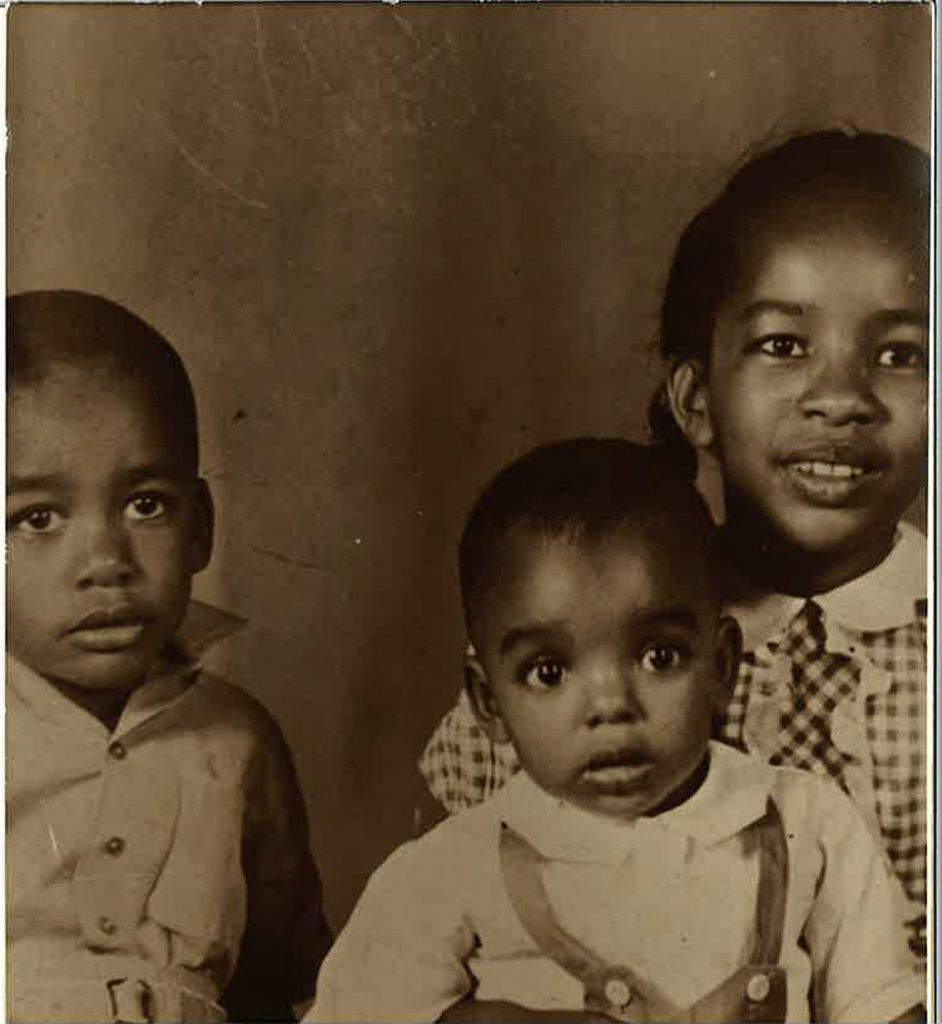
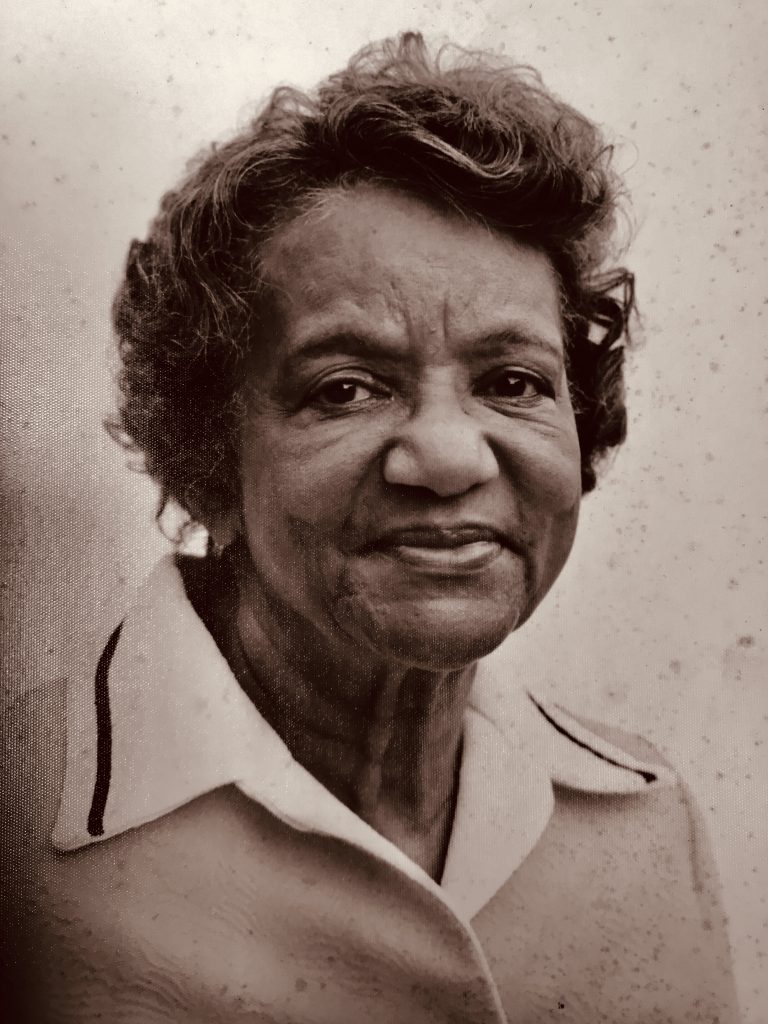
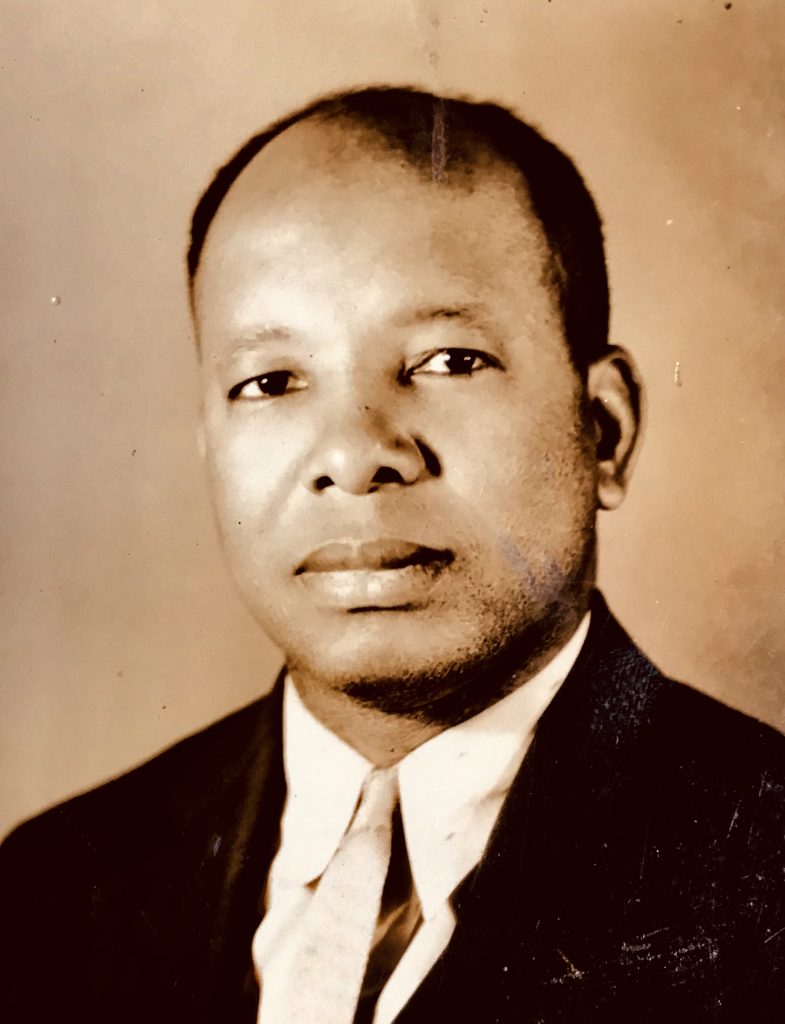
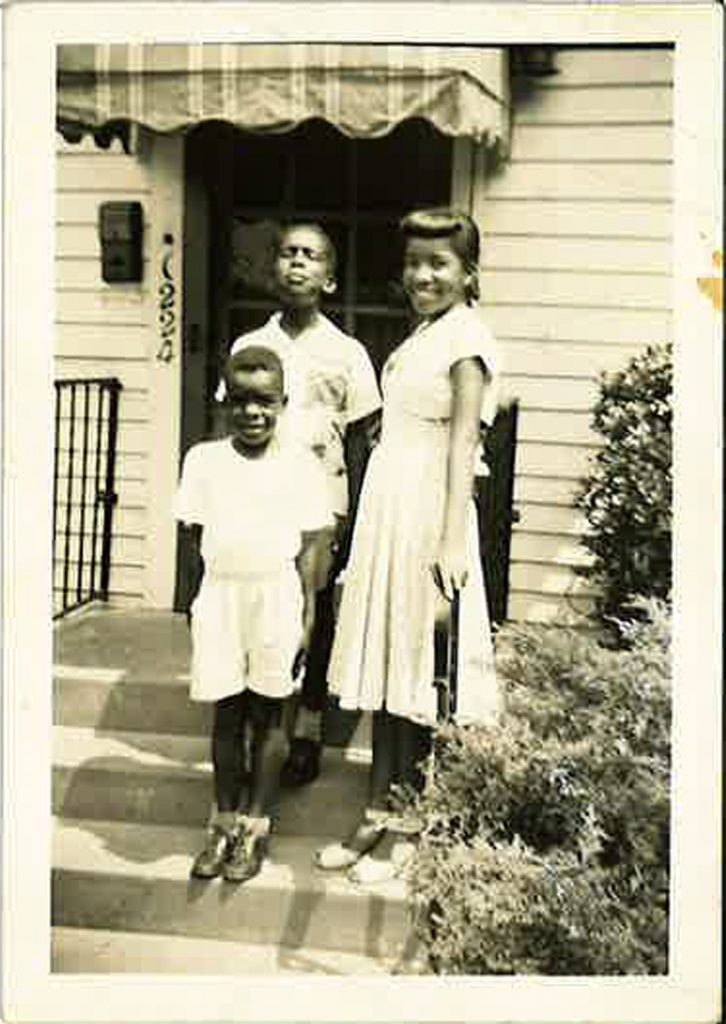
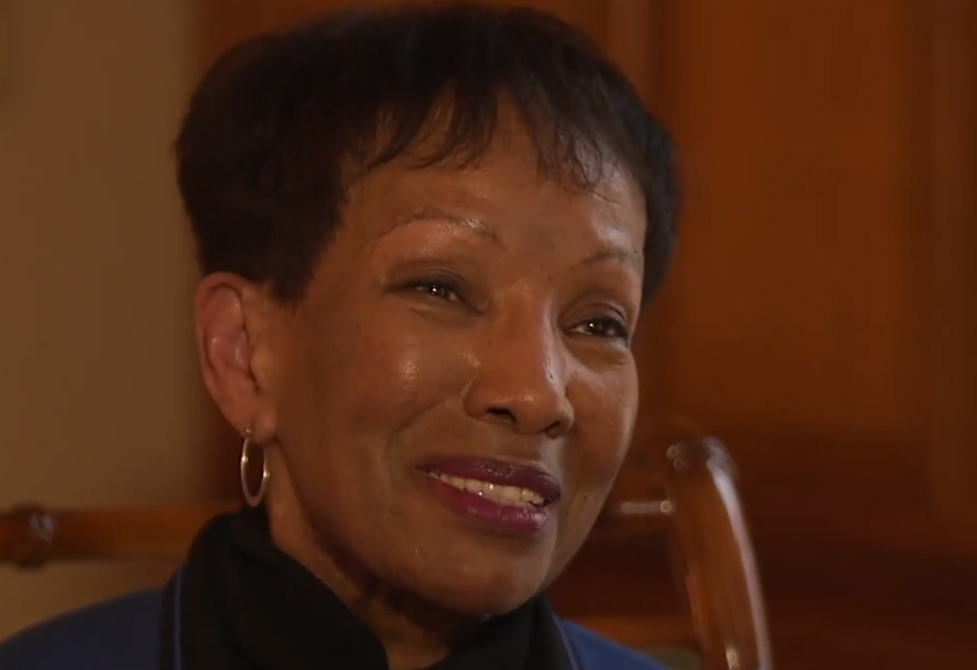
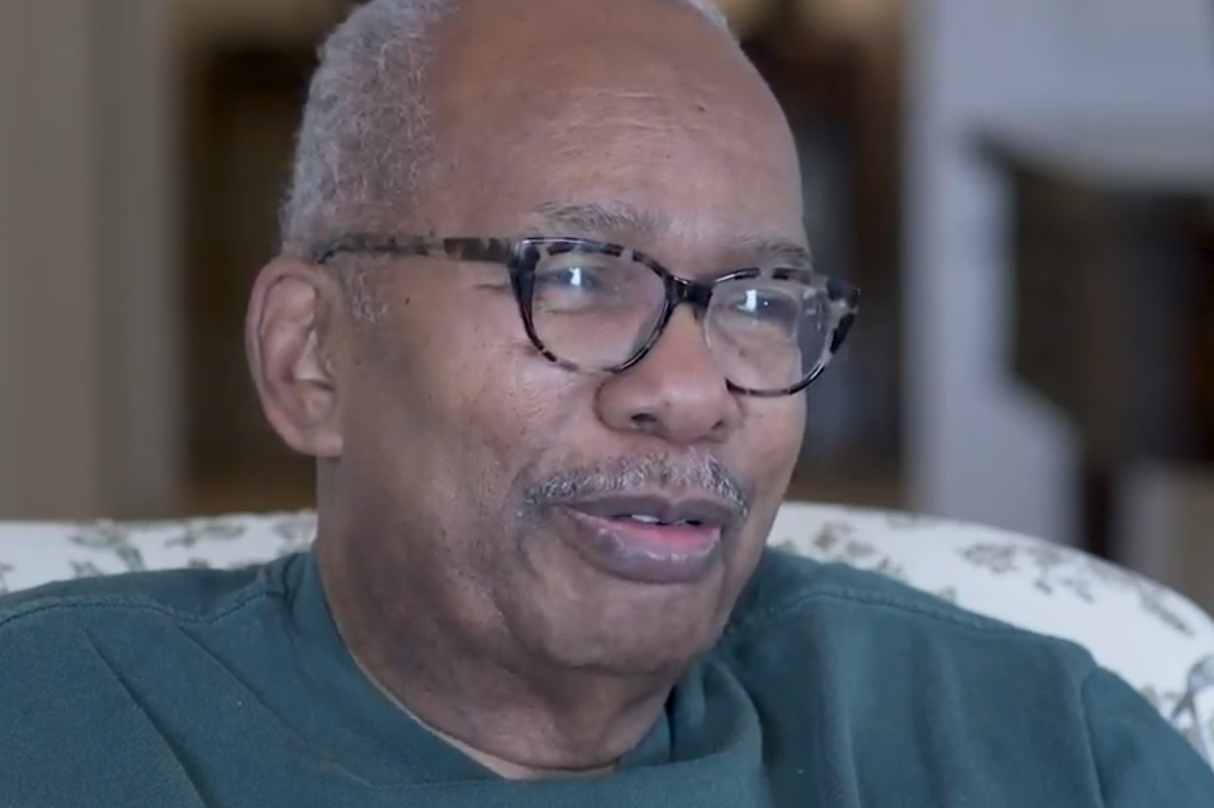

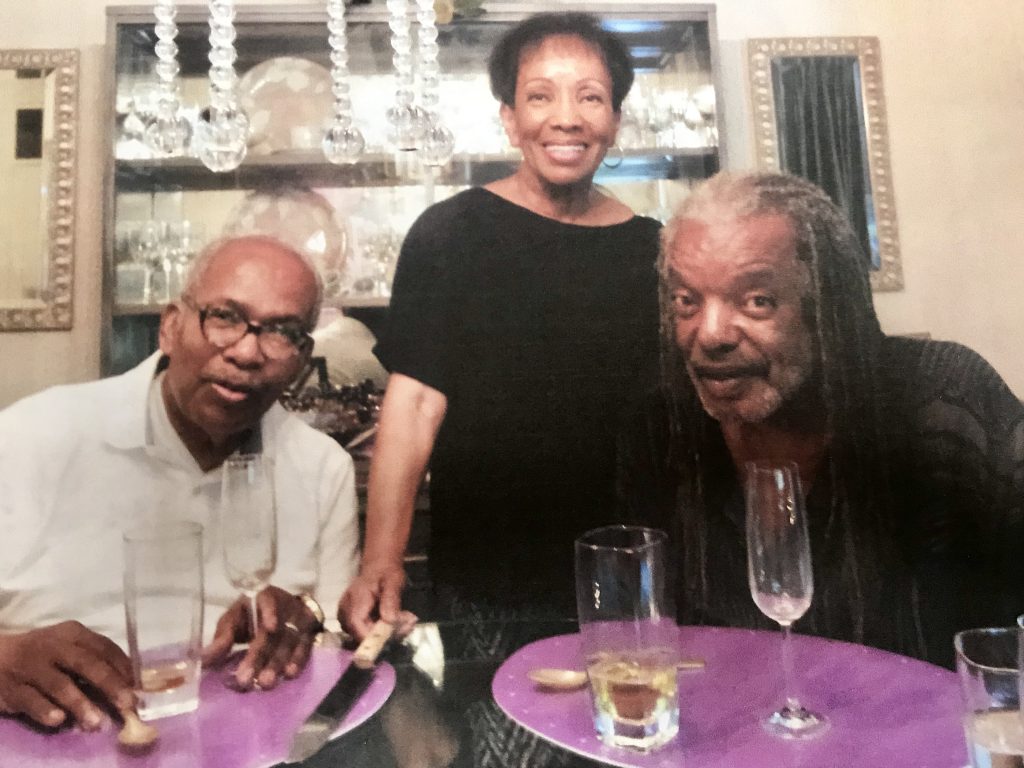
National Significance
The Green Siblings Project was conceived with Treopia (Green) Washington while she visited South Dakota in 2017 to speak to educators about the 60th Anniversary of the 1957 desegregation of Little Rock Central High School. Treopia explained the unique perspectives of three siblings—Treopia, Ernest and Scott Green—who experienced together, three different elements of the school segregation/desegregation era… Treopia finished school at a time when schools were fully segregated. She experienced a fully segregated schooling—with African American classmates and African American teachers— who, in spite of segregated conditions, always projected, and expected excellence. Her brother, Ernest, one of the “Little Rock Nine”, and the only senior, experienced the forceful shift into the 1957 desegregation of Little Rock Central High School, when protests were so violent that President Eisenhower had to assign 1,000 soldiers from the 101st Paratrooper Division to escort the nine students. Scott, the youngest sibling, became a member of the “Lost Class” when all Little Rock high schools were closed, following Ernest’s graduation at the end of that tumultuous year. Scott had to leave Little Rock for California, in order to complete his 10th grade year.
Our hope is to capture conversations, experiences and stories from Treopia, Ernest and Scott that center around their collective and varied experiences in the segregated/desegregated South and to construct a website, documentary and book for teachers, schools and communities informed by the process developed for our own similar work in South Dakota around the interviewing of Native Elders.
The 1957 Integration Crisis at Little Rock Central High School is a key flashpoint in the development of our national view of education and educational reform. There are vital firsthand perspectives that must be captured now, while communication with the Green siblings is still a possibility. The interviews, stories and resources developed from this project will be of great value to students and educators, but also to researchers and reformers who seek a deeper understanding of the patterns of change that repeat within our national story in association with education and societal norms.
Though the story of the Little Rock Nine has been explored and communicated over the years in a number of ways (notably through the Disney film, “The Ernest Green Story”), the informal and authentic conversations among these siblings have not been tapped or captured. The experiences and insights of the Greens will add much to the national conversation, especially in the following areas: 1. equity in education, 2. culturally responsive education, and 3. how we address the needs of marginalized communities and their children. It will also help to fill out our understanding of the history of school desegregation itself.
Treopia and Ernest have spent time in South Dakota connecting with many educators and students. By sharing their experiences and wisdom from the perspective of young African American students living through desegregation in Little Rock, their stories have resonated powerfully with the contemporary experiences of young Native students navigating the challenges of the educational landscape. It is certain that these kinds of connections are possible across the nation if we capture important conversations among the Greens in time. If our nation fails to understand the lessons that this past era has for us, then we will fail our next generation of students. Capturing the knowledge of the Green Siblings now is vital for the welfare of students and educators across our nation as we grapple with the present challenges of helping ALL of our students to learn.
Most importantly, our experiences with Treopia and Ernest have shown us the outstanding courage and commitment shown by them and by others who were key in this particular shift toward equity. Their lives need to be celebrated and held up for all to see. Our students, our teachers and our communities will benefit from this powerful model that guides us through the unseen challenges that lay before us all.